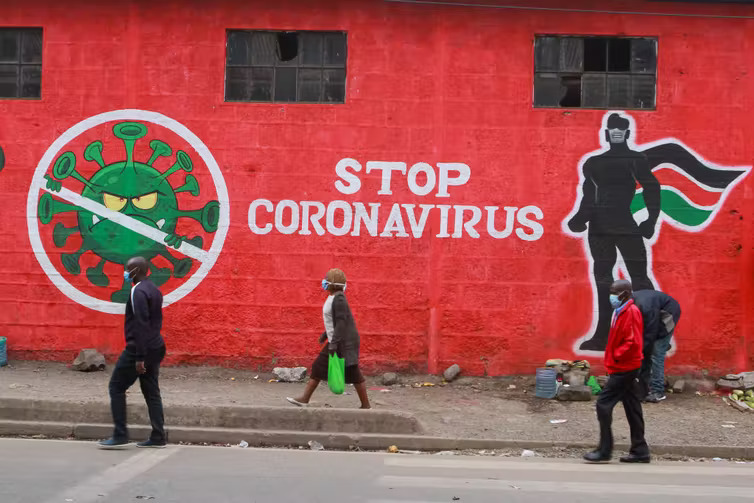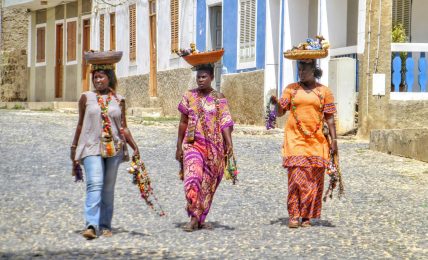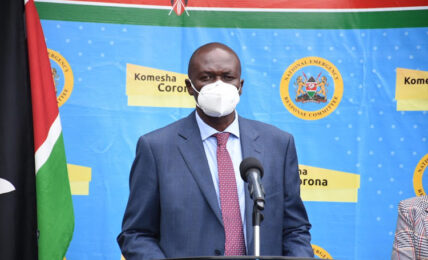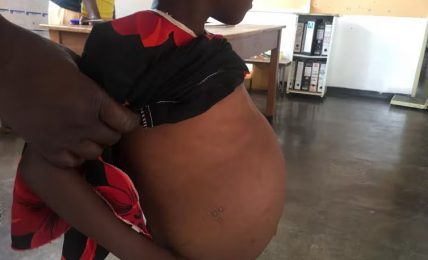Wins, Missteps and Lessons: African Experts Reflect on Two Years of COVID Response
Now, most of the world is opening up. The Conversation Africa spoke to public health experts based in Kenya, Nigeria and South Africa to get their take on the biggest lessons so far.








